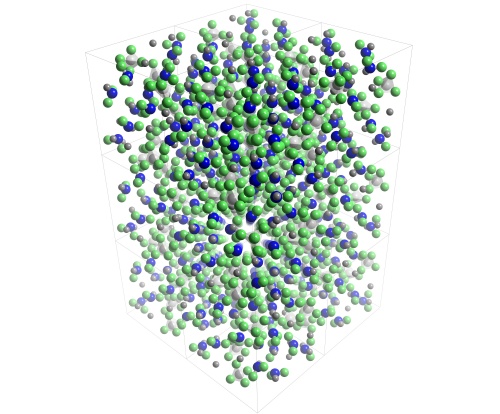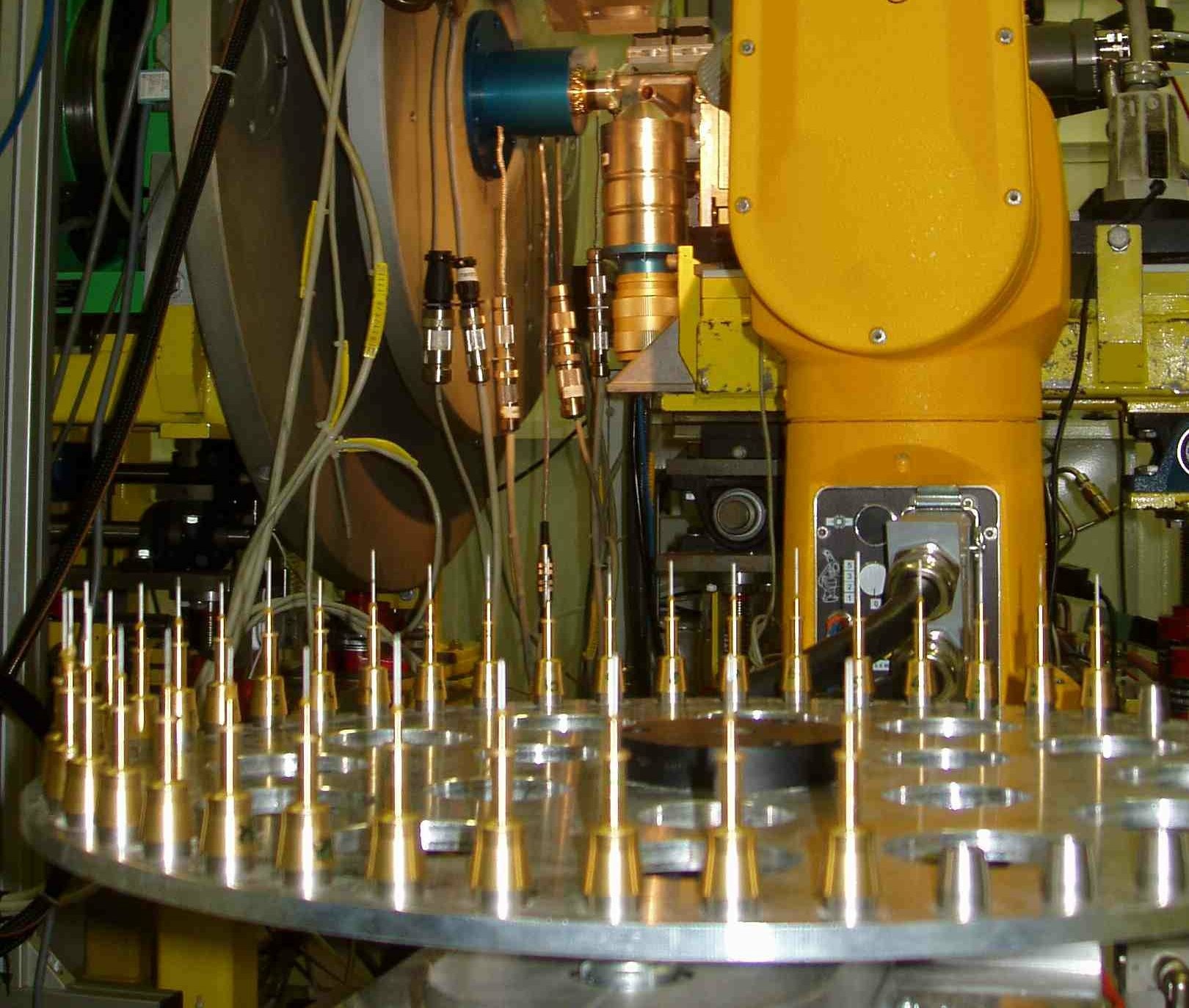A new breakthrough in hydrogen storage technology could remove a key barrier to widespread uptake of non-polluting cars that produce no carbon dioxide emissions.

UK scientists have developed a compound of the element lithium which may make it practical to store enough hydrogen on-board fuel-cell-powered cars to enable them to drive over 300 miles before refuelling. Achieving this driving range is considered essential if a mass market for fuel cell cars is to develop in future years, but has not been possible using current hydrogen storage technologies.
The breakthrough has been achieved by a team from the Universities of Birmingham and Oxford and the Rutherford Appleton Laboratory in Oxfordshire, under the auspices of the UK Sustainable Hydrogen Energy Consortium (UK-SHEC). UK-SHEC is funded by the SUPERGEN (Sustainable Power Generation and Supply) initiative managed and led by the Engineering and Physical Sciences Research Council (EPSRC).
Fuel cells produce carbon-free electricity by harnessing electrochemical reactions between hydrogen and oxygen. However, today’s prototype and demonstration fuel-cell-powered cars only have a range of around 200 miles. To achieve a 300 mile driving range, an on-board space the size of a double-decker bus would be needed to store hydrogen gas at standard temperature and pressure, while storing it as a compressed gas in cylinders or as a liquid in storage tanks would not be practical due to the weight and size implications.
The UK-SHEC research has therefore focused on a different approach which could enable hydrogen to be stored at a much higher density and within acceptable weight limits. The option involves a well-established process called ‘chemisorption’, in which atoms of a gas are absorbed into the crystal structure of a solid-state material and then released when needed.
The team has tested thousands of solid-state compounds in search of a light, cheap, readily available material which would enable the absorption/desorption process to take place rapidly and safely at typical fuel cell operating temperatures. They have now produced a variety of lithium hydride (specifically Li4BN3H10) that could offer the right blend of properties. Development work is now needed to further investigate the potential of this powder.
“This could be a major step towards the breakthrough that the fuel cell industry and the transport sector have waited for,” says UK-SHEC’s Project Co-ordinator Professor Peter Edwards of the University of Oxford. “It’s due to SUPERGEN’s vision of combining many of the leading groups in the UK to tackle this, arguably the biggest challenge for the development of hydrogen fuel cell vehicles. This work could make a key contribution to helping fuel cell cars become viable for mass-manufacture within around 10 years.”

Fuel cells are a key technology which could assist the emergence of a ‘hydrogen energy economy’ that uses hydrogen, rather than carbon-based fossil fuels, as its main energy carrier. They offer particular potential in the transport sector, which is a major source of the carbon dioxide emissions from fossil fuel combustion that are the main contributor to climate change. An average new petrol-fuelled car currently produces over 3 tonnes of CO2 a year.
Professor Bill David from the ISIS Facility at the Rutherford Appleton Laboratory notes that: “The combination of rapid materials synthesis and the rapid structural characterisation capabilities at the ISIS neutron source and the ESRF and Diamond synchrotron sources is crucial to the UK playing a leading role in discovery and development of novel hydrogen storage materials.”
Dr Paul Anderson from the University of Birmingham adds: “Active collaborations through UKSHEC have been crucial in facilitating the rapid characterisation of new materials synthesised in labs such as ours in Birmingham.”
A major report in 2004 concluded that using hydrogen in vehicles could, on its own, enable the UK to meet its Kyoto targets for CO2 reductions (‘A Strategic Framework for Hydrogen Energy’, published by Etech, Element Energy and Eoin Lees Energy).






Comments